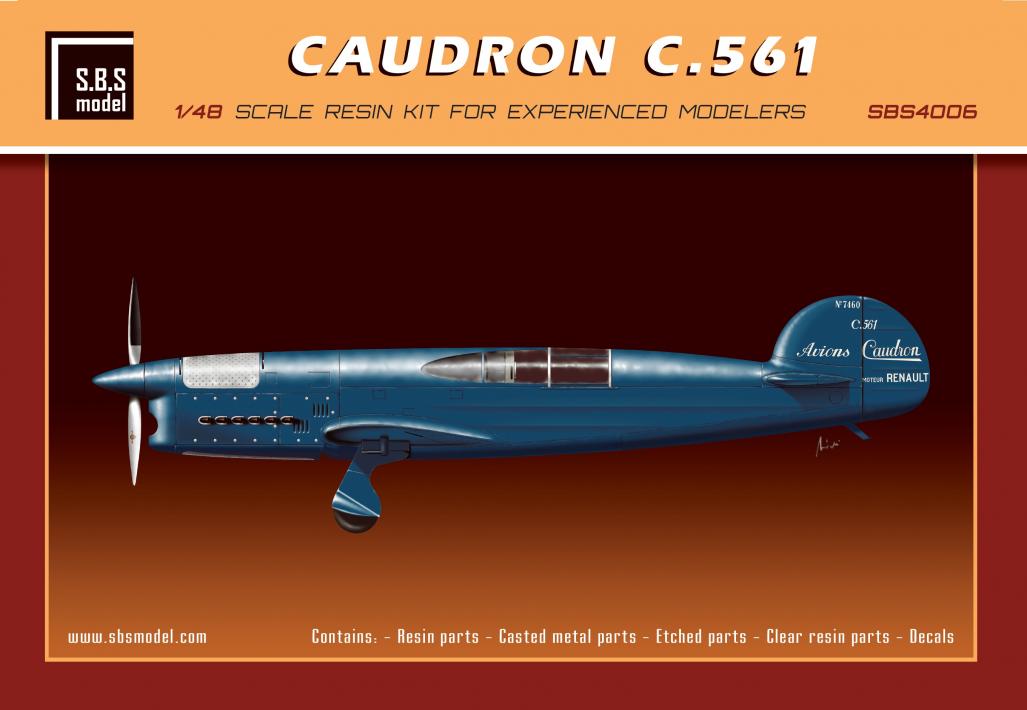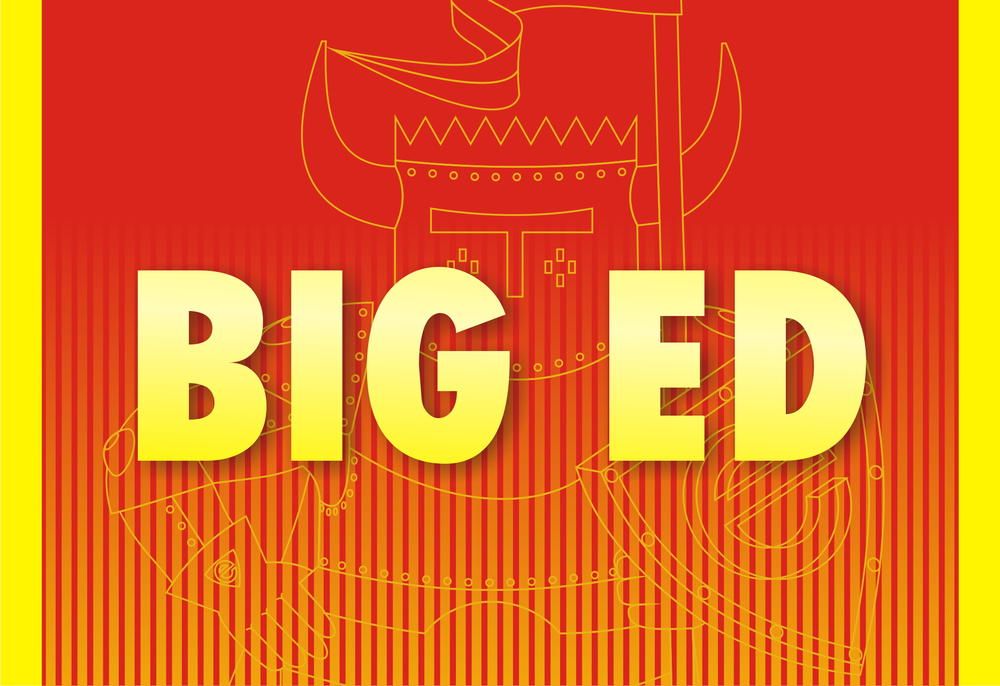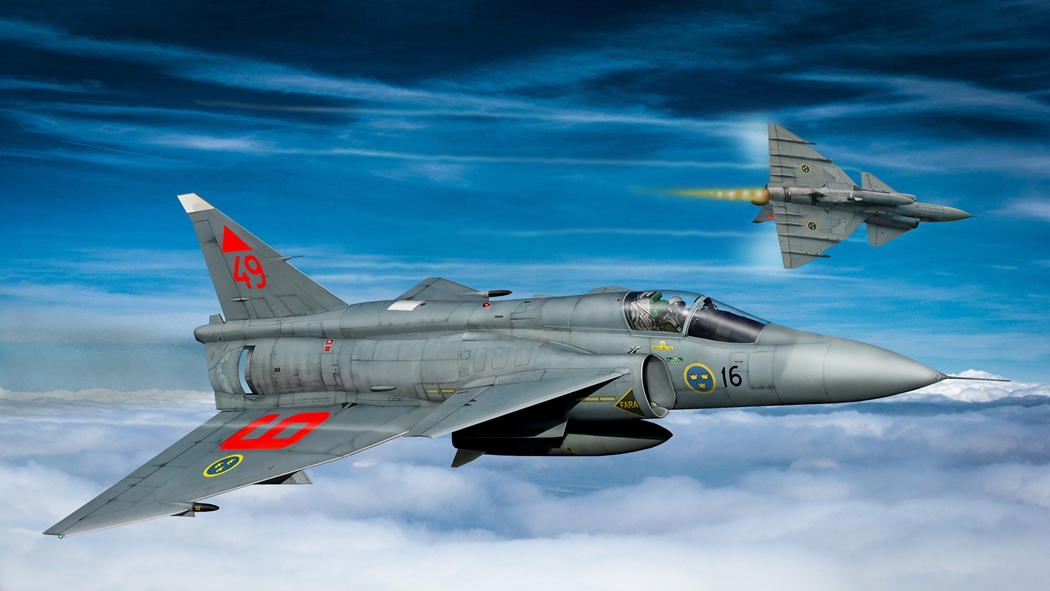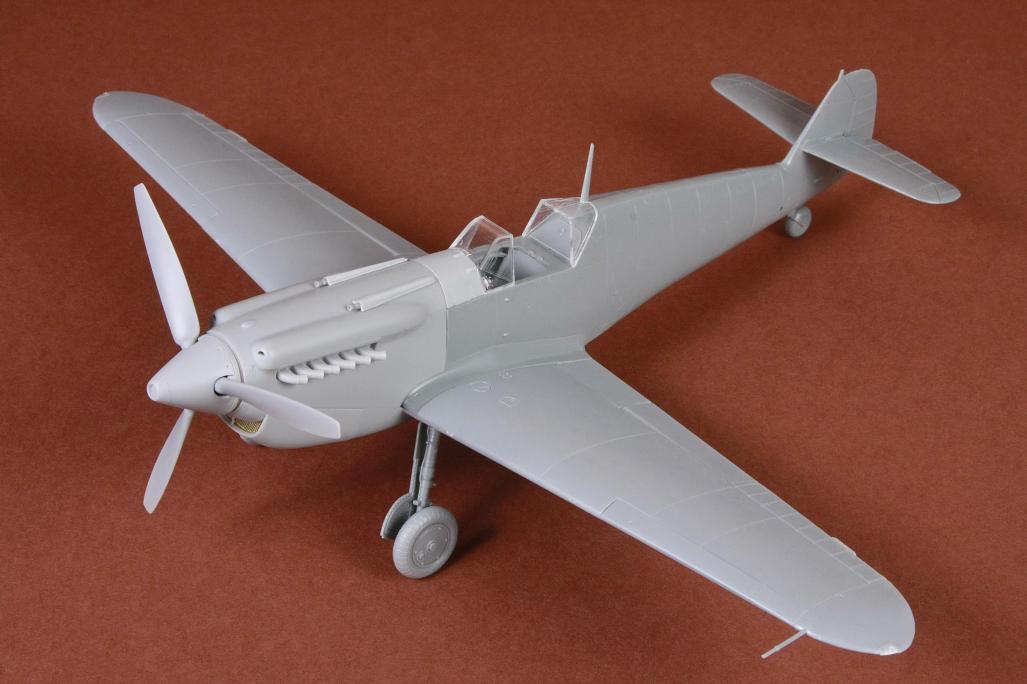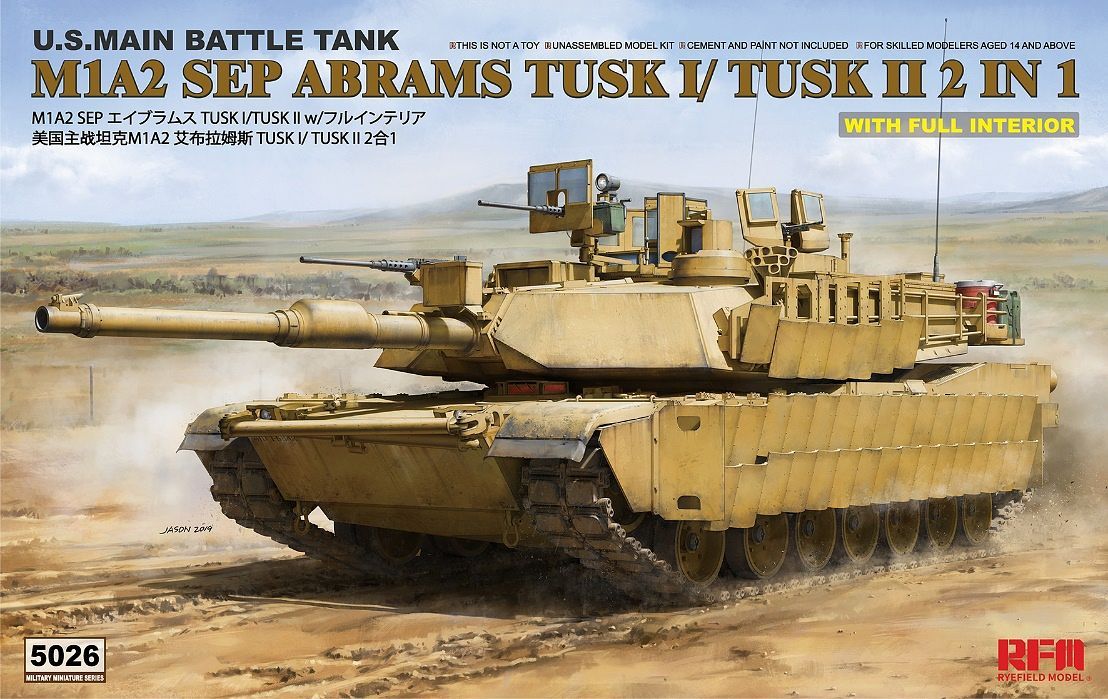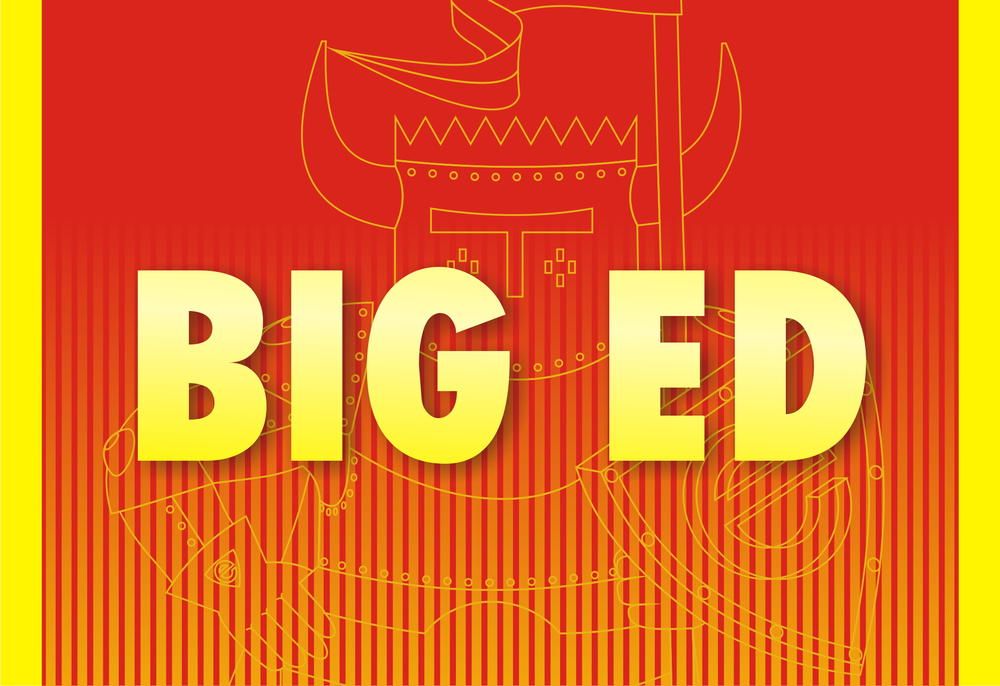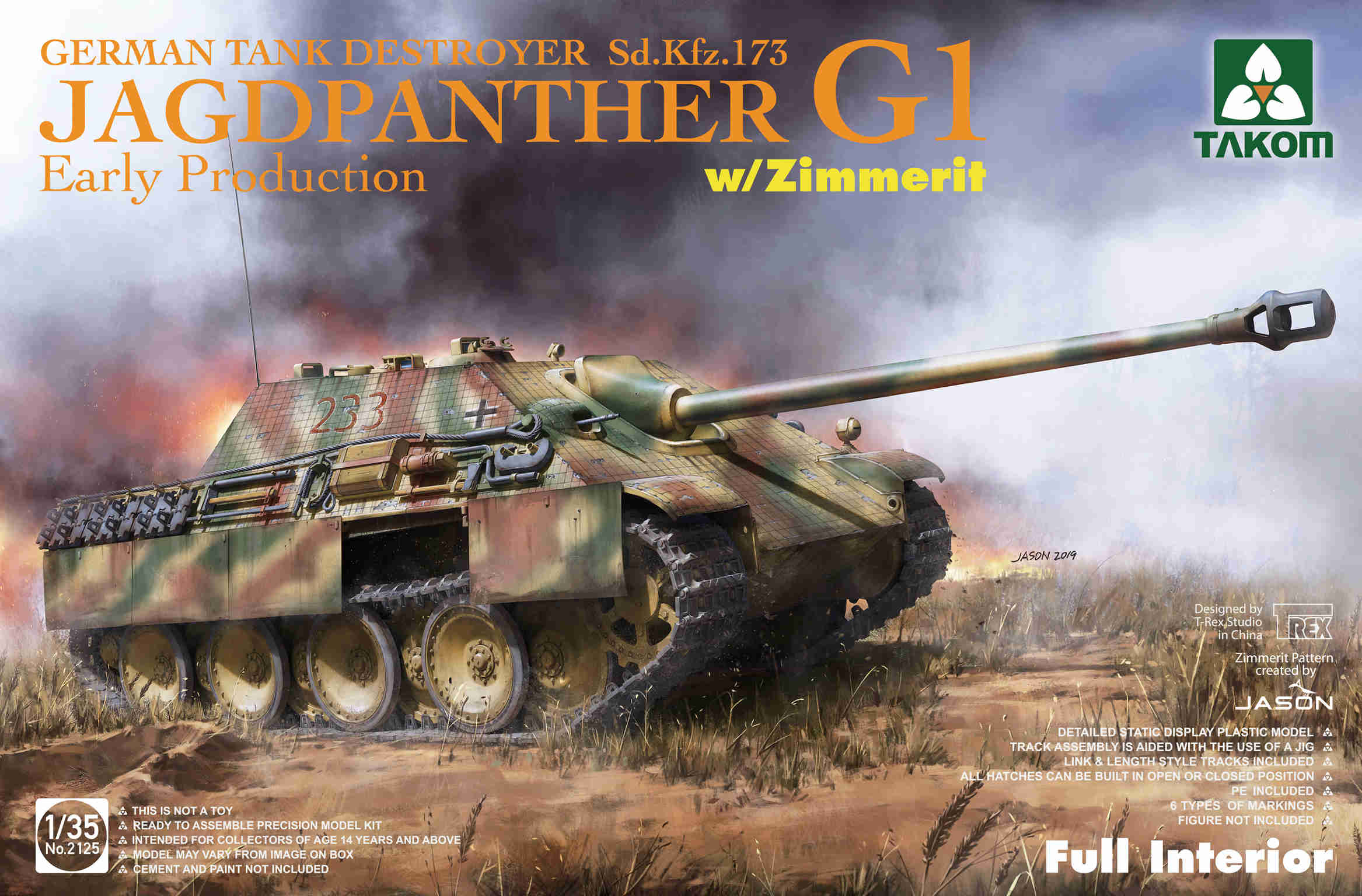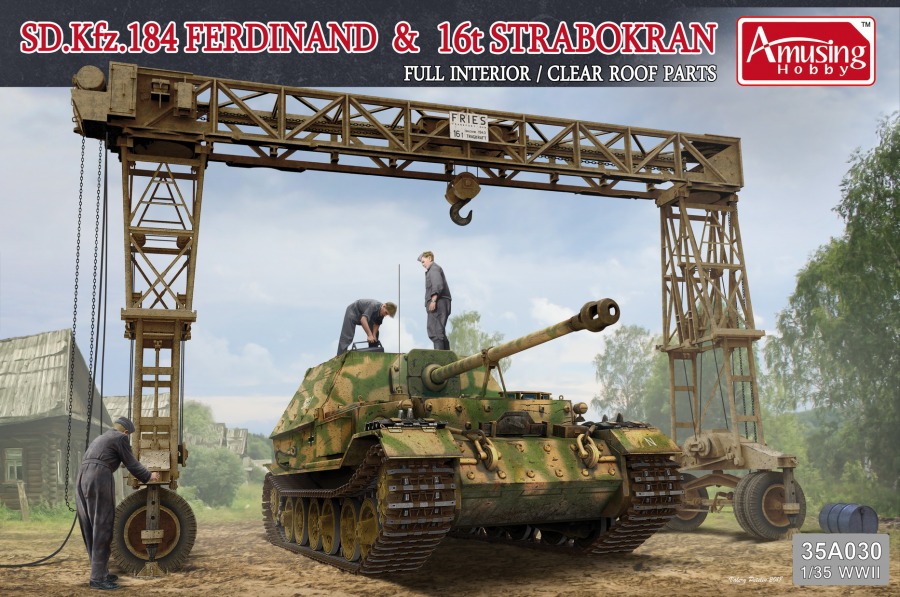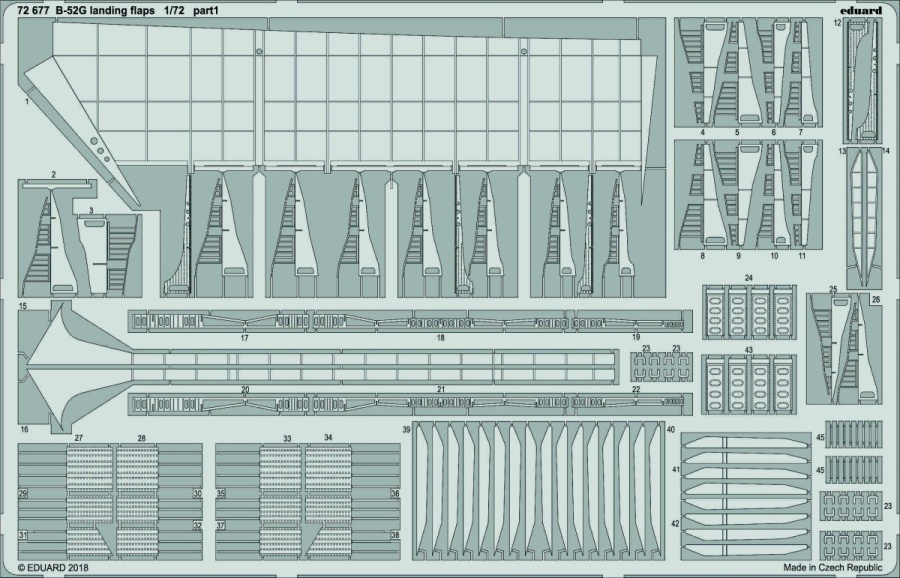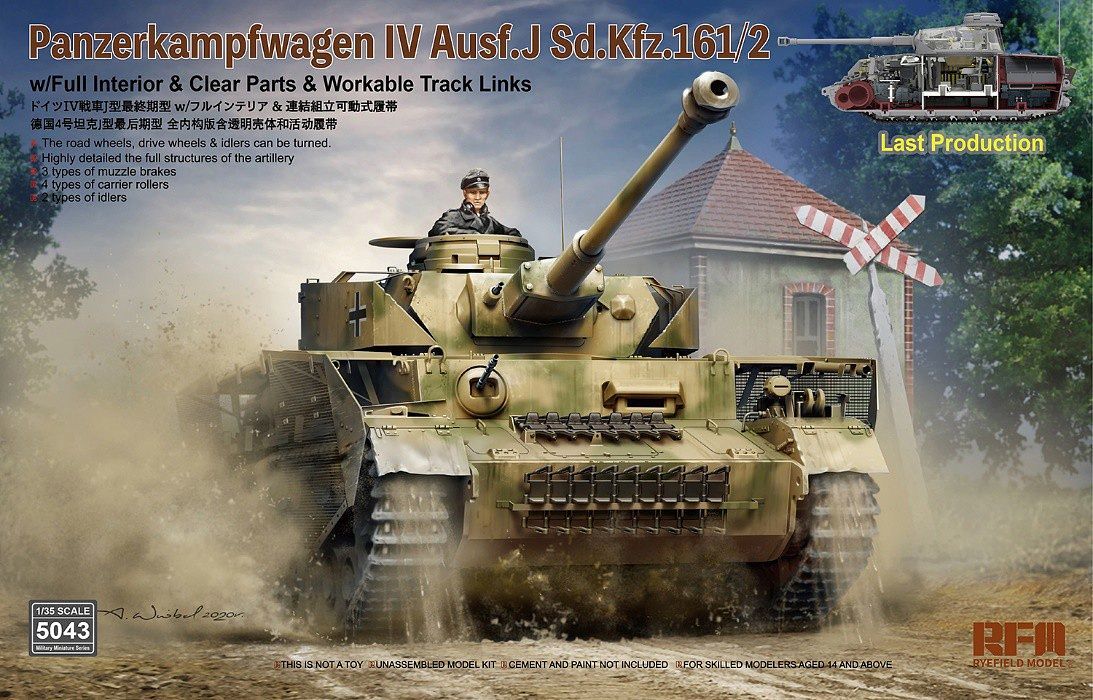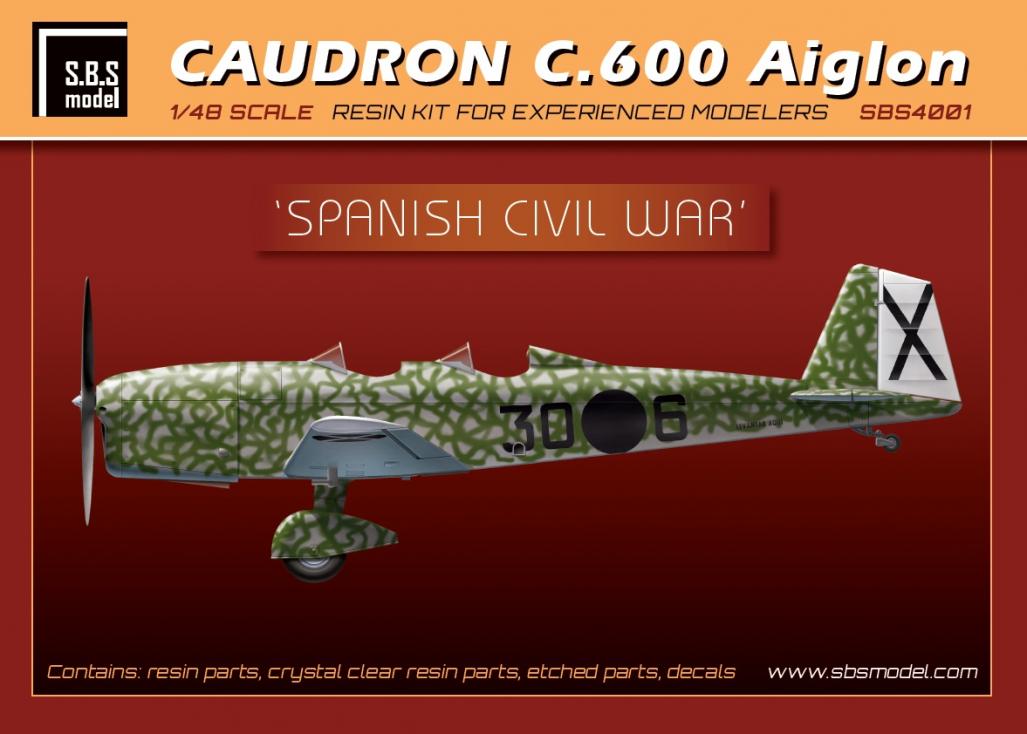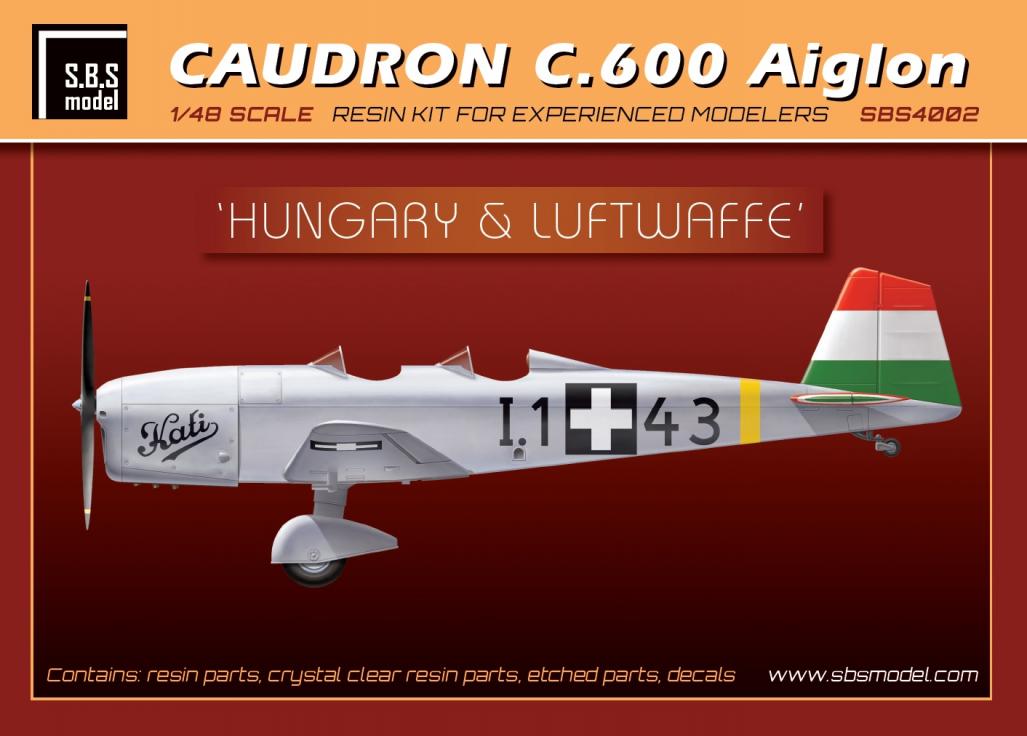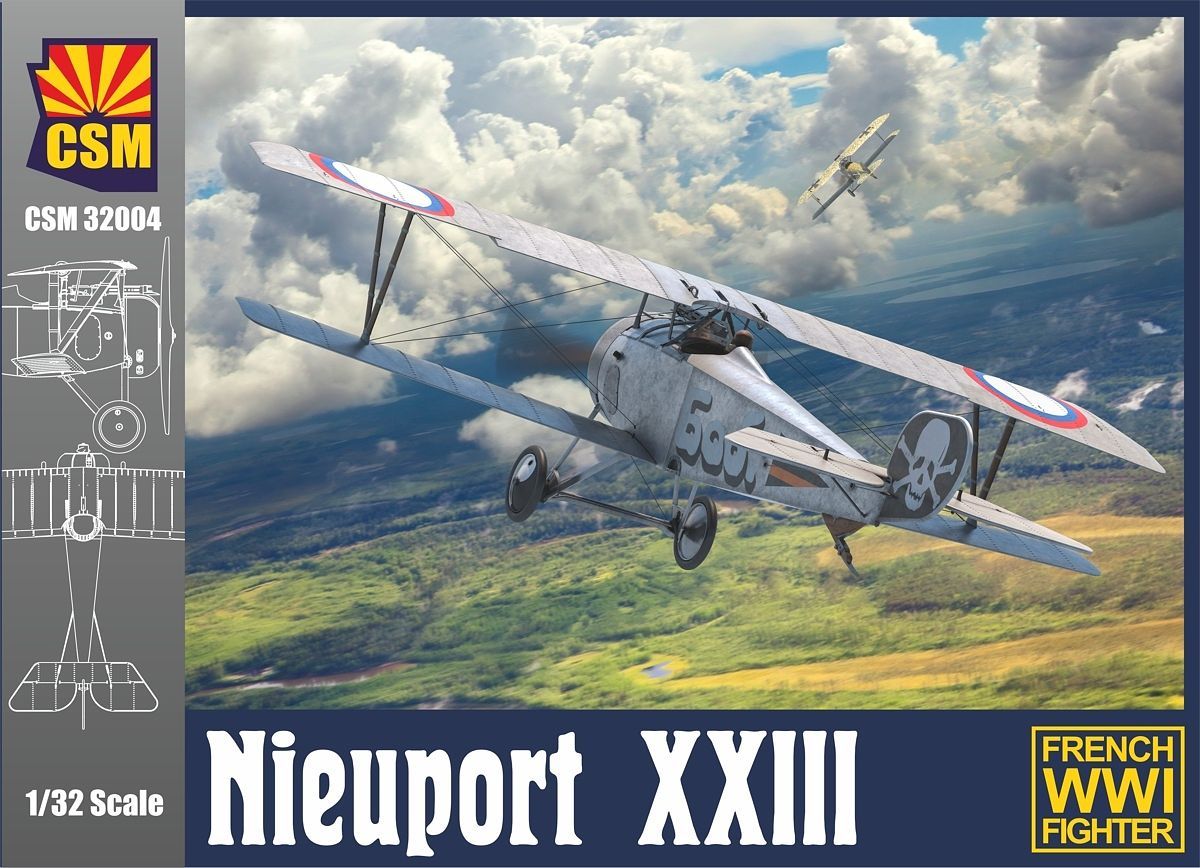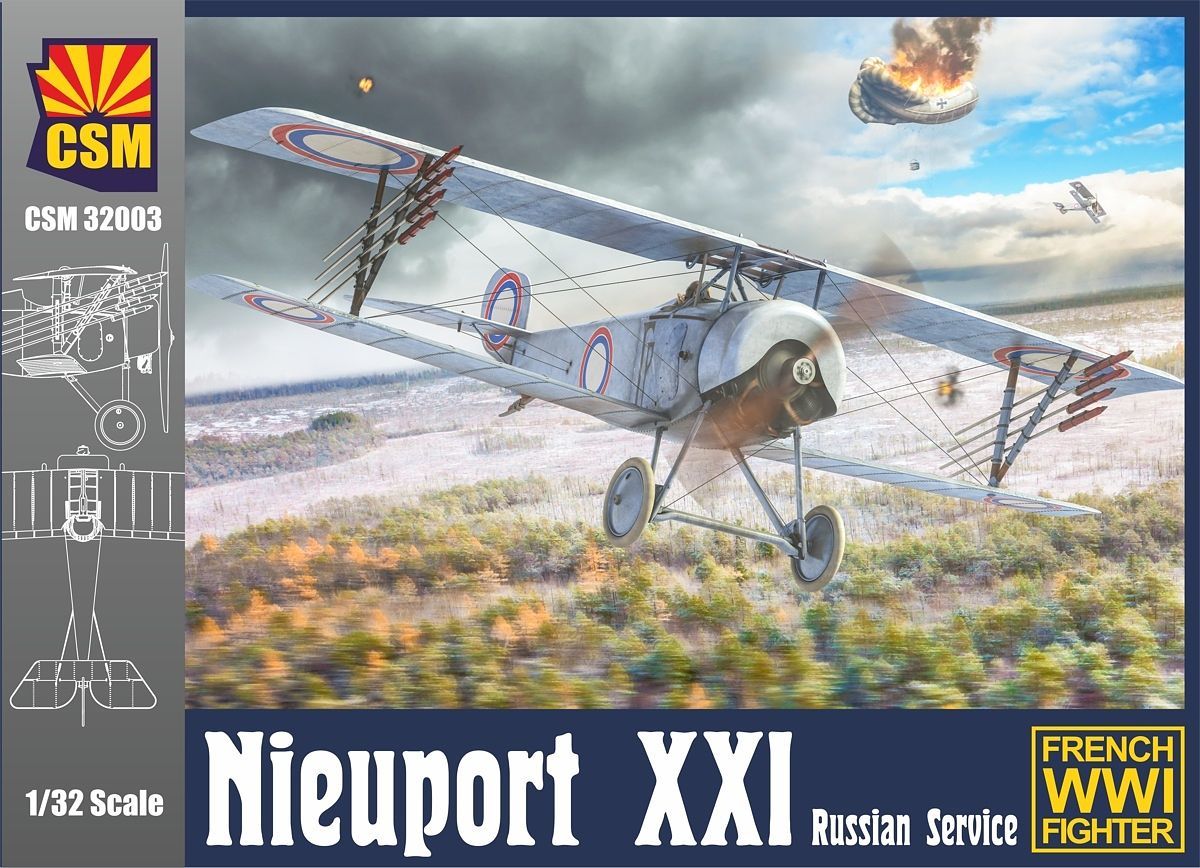Hračky
Celkem 5339 produktů
1/48 SAAB JA37 Viggen fighter. The JA37 Viggen was a Swedish medium-heavy fighter with a secondary role as attack aircraft. It was manufactured by Saab AB. The fighter version of the Viggen was the most common and recently developed of the Viggen variants. The first JA 37 Viggen was flown in 1974 and was rebuilt AJ37 Viggen with RM8A engines. The kit is CAD-produced and injection moulded. Markings for both the gray/gray livery and the intricate splinter camo are included.
1/48 SAAB JA37 Viggen fighter. The JA37 Viggen was a Swedish medium-heavy fighter with a secondary role as attack aircraft. It was manufactured by Saab AB. The fighter version of the Viggen was the most common and recently developed of the Viggen variants. The first JA 37 Viggen was flown in 1974 and was rebuilt AJ37 Viggen with RM8A engines. The kit is CAD-produced and injection moulded. Markings for both the gray/gray livery and the intricate splinter camo are included.
1/35 M1a2 Sep Abrams Tusk I /Tusk Ii With Full Interior. This is an injection-plastic military vehicle model kit. Rye Field Model presents a 1/35 scale kit of the U.S. main battle tank: M1A2 SEP Abrams TUSK! This two-in-one kit can be built with either the TUSK I or TUSK II specifications, and features a full interior for plenty of detail to enjoy inside and out. It features a link and length type crawler belt, and comes with 830 parts, 85 photo-etched parts, and decals for multiple marking options. Grab it today! [Mold Color]: Tan [Includes]: Photo-etched parts, decals
1/35 M1a2 Sep Abrams Tusk I /Tusk Ii With Full Interior. This is an injection-plastic military vehicle model kit. Rye Field Model presents a 1/35 scale kit of the U.S. main battle tank: M1A2 SEP Abrams TUSK! This two-in-one kit can be built with either the TUSK I or TUSK II specifications, and features a full interior for plenty of detail to enjoy inside and out. It features a link and length type crawler belt, and comes with 830 parts, 85 photo-etched parts, and decals for multiple marking options. Grab it today! [Mold Color]: Tan [Includes]: Photo-etched parts, decals
1/32 P-47D Thunderbolt - Super Riveting Set - Riveting Sets - Hasegawa. Package contents:1x P-47D - Riveting Set 1/32 - 3210221x P-47D Thunderbolt - Stencils + Placard - 1/32 - 2320291x P-47D Thunderbolt - Seatbelts 1/32 - 1325321x P-47D Thunderbolt - Masks 1/32 - 632420 Instructions:Convenient undercoat is Mr. Surfacer 1000 or Mr. Base White 1000.*Wipe the surface with a damp cloth, remove dust and grease.Cut the required part from riveting sheet.Remove top translucent paper and dip rivets in the warm water for approx. 15 seconds.When rivets are separated from its carrier paper apply them on the surface. We recommend to use a spot of Mr. Mark Softer.Find appropriate position and then push the liquid from below the transfer. The purpose is to get each rivet in touch with the surface.Let it dry for min. 2 hours, but optimal time could be e.g. over the night.Finally pull of the top transparent foil / film with sharp tweezers and clean the marks caused by transfer glue.* While application on coloured surfaces it is needed to make a test of adhesion and of time which is necessary for appropriate attaching of rivets. Generally the smoother surface the more time needed.
1/32 P-47D Thunderbolt - Super Riveting Set - Riveting Sets - Hasegawa. Package contents:1x P-47D - Riveting Set 1/32 - 3210221x P-47D Thunderbolt - Stencils + Placard - 1/32 - 2320291x P-47D Thunderbolt - Seatbelts 1/32 - 1325321x P-47D Thunderbolt - Masks 1/32 - 632420 Instructions:Convenient undercoat is Mr. Surfacer 1000 or Mr. Base White 1000.*Wipe the surface with a damp cloth, remove dust and grease.Cut the required part from riveting sheet.Remove top translucent paper and dip rivets in the warm water for approx. 15 seconds.When rivets are separated from its carrier paper apply them on the surface. We recommend to use a spot of Mr. Mark Softer.Find appropriate position and then push the liquid from below the transfer. The purpose is to get each rivet in touch with the surface.Let it dry for min. 2 hours, but optimal time could be e.g. over the night.Finally pull of the top transparent foil / film with sharp tweezers and clean the marks caused by transfer glue.* While application on coloured surfaces it is needed to make a test of adhesion and of time which is necessary for appropriate attaching of rivets. Generally the smoother surface the more time needed.
1/35 Sd.Kfz. 173 Pz.Jg. Jagdpanther. The Panzerjäger Panther Sd.Kfz. 173, or Jagdpanther, was a heavy tank destroyer based on the chassis of the Panzer V Panther and was armed with the same long-barreled 8.8 cm gun as the Tiger II or ‘King Tiger’, and a single 7.92 mm MG-34 machine gun in the front glacis plate for local defense. The Jagdpanther had a good power-to-weight ratio and a powerful main gun, which enabled it to destroy any Allied tank. Based on the existing Panther chassis, the vehicle did not suffer too many mechanical problems, and had an upgraded transmission and final drive to counter the Panther's main weakness. The Jagdpanther was powered by the 700hp Maybach HL230 P30 V-12 petrol engine and a 7 speed forward, 1-speed reverse transmission system with a maximum speed of 46 km/h (28.6 mph) and a range of about 200 kilometers (99 miles). It was manned by a crew of five: a driver, radio-operator, commander, gunner and a loader. Two main variants can be distinguished, the earlier (1944 model) G1 with a small internally-bolted main gun mantlet and a modified Panther A engine deck, and the later (1945 model) G2 with a larger, externally-bolted mantlet and a modified Panther G engine deck, though late G1s also had a larger mantlet. Early Jagdpanthers had two vision openings for the driver, whereas late versions had only one. The main gun originally had a monobloc gun barrel, but later versions were equipped with the PaK 43/4 gun with a two-part barrel. Early G1s (to September 1944) were given a distinctive pattern of Zimmerit anti-magnetic mine coating.
1/35 Sd.Kfz. 173 Pz.Jg. Jagdpanther. The Panzerjäger Panther Sd.Kfz. 173, or Jagdpanther, was a heavy tank destroyer based on the chassis of the Panzer V Panther and was armed with the same long-barreled 8.8 cm gun as the Tiger II or ‘King Tiger’, and a single 7.92 mm MG-34 machine gun in the front glacis plate for local defense. The Jagdpanther had a good power-to-weight ratio and a powerful main gun, which enabled it to destroy any Allied tank. Based on the existing Panther chassis, the vehicle did not suffer too many mechanical problems, and had an upgraded transmission and final drive to counter the Panther's main weakness. The Jagdpanther was powered by the 700hp Maybach HL230 P30 V-12 petrol engine and a 7 speed forward, 1-speed reverse transmission system with a maximum speed of 46 km/h (28.6 mph) and a range of about 200 kilometers (99 miles). It was manned by a crew of five: a driver, radio-operator, commander, gunner and a loader. Two main variants can be distinguished, the earlier (1944 model) G1 with a small internally-bolted main gun mantlet and a modified Panther A engine deck, and the later (1945 model) G2 with a larger, externally-bolted mantlet and a modified Panther G engine deck, though late G1s also had a larger mantlet. Early Jagdpanthers had two vision openings for the driver, whereas late versions had only one. The main gun originally had a monobloc gun barrel, but later versions were equipped with the PaK 43/4 gun with a two-part barrel. Early G1s (to September 1944) were given a distinctive pattern of Zimmerit anti-magnetic mine coating.
1/35 Sd.Kfz.184 Ferdinand & 16t Strabokran. DESCRIPTION This is an injection-plastic military vehicle model kit. From Amusing Hobby comes a 2-in-1 kit of the Ferdinand Jagdpanzer Sd.Kfz. 184 and 16t Strabokran! The characteristic feature of the Ferdinand was that it was generated by two gasoline engines and driven by an electric motor. By using a motor as the driving unit, no transmission was required. In the past, this vehicle was said to have a lot of breakdowns for this reason, but some recent documents have reported that there were fewer breakdowns than some vehicles equipped with transmissions. On the Eastern Front, the Ferdinand's appearance had a great impact. Strabokrans are gate-type mobile cranes used by German field maintenance teams during tank maintenance and repairs. About 100 units were manufactured and used in German armored divisions and heavy tank battalions. Kit features: The Ferdinand's interior layout can be enjoyed even after completion thanks to the included transparent parts. The kit recreates the precise details of the Strabokran, and it can assembled in its working state. [Mold Color]: Tan, brown [Includes]: Clear parts, photo-etched parts Release Date:Sep 2019 Item Size/Weight:39.8cm x 26.3cm x 19.5cm / 1680g
1/35 Sd.Kfz.184 Ferdinand & 16t Strabokran. DESCRIPTION This is an injection-plastic military vehicle model kit. From Amusing Hobby comes a 2-in-1 kit of the Ferdinand Jagdpanzer Sd.Kfz. 184 and 16t Strabokran! The characteristic feature of the Ferdinand was that it was generated by two gasoline engines and driven by an electric motor. By using a motor as the driving unit, no transmission was required. In the past, this vehicle was said to have a lot of breakdowns for this reason, but some recent documents have reported that there were fewer breakdowns than some vehicles equipped with transmissions. On the Eastern Front, the Ferdinand's appearance had a great impact. Strabokrans are gate-type mobile cranes used by German field maintenance teams during tank maintenance and repairs. About 100 units were manufactured and used in German armored divisions and heavy tank battalions. Kit features: The Ferdinand's interior layout can be enjoyed even after completion thanks to the included transparent parts. The kit recreates the precise details of the Strabokran, and it can assembled in its working state. [Mold Color]: Tan, brown [Includes]: Clear parts, photo-etched parts Release Date:Sep 2019 Item Size/Weight:39.8cm x 26.3cm x 19.5cm / 1680g
1/35 Panzer IV Ausf.J last production - full interior. The No, IV Type J tank was the final version of the No. IV tank series, and was simplified from previous versions to improve productivity. The biggest change from the H-type is the removal of the turret rotation motor and auxiliary engine for power generation; this allowed the turret to be turned manually. By removing these items and adding a fuel tank, the tank's cruising range was increased from 210km to 320km on level ground. This kit from Rye Field Model has a newly molded full interior! It also has clear parts for the turret and upper hull, in addition to the normal parts. The tracks are of the linkable assembly type, and the suspension is movable; it comes with three types of muzzle brakes, two types of guide wheels and four types of upper wheels. Photo-etched parts and decals for three versions are also included. [Includes]: Photo-etched parts, decals for 3 versions
1/35 Panzer IV Ausf.J last production - full interior. The No, IV Type J tank was the final version of the No. IV tank series, and was simplified from previous versions to improve productivity. The biggest change from the H-type is the removal of the turret rotation motor and auxiliary engine for power generation; this allowed the turret to be turned manually. By removing these items and adding a fuel tank, the tank's cruising range was increased from 210km to 320km on level ground. This kit from Rye Field Model has a newly molded full interior! It also has clear parts for the turret and upper hull, in addition to the normal parts. The tracks are of the linkable assembly type, and the suspension is movable; it comes with three types of muzzle brakes, two types of guide wheels and four types of upper wheels. Photo-etched parts and decals for three versions are also included. [Includes]: Photo-etched parts, decals for 3 versions
1/32 Nieuport XXIII Belgium, Russia. Was largely the same as the definitive XVII, differing mainly in the use of a different machine gun synchronizer. Nieuport XXIIIs were operated by both French and British squadrons alongside Nieuport XVIIs until their replacement by Nieuport 24s. CSM 1/32 plastic injection kit -5 plastic frets -Instruction in colour -Film for windscreen -PhotoEtch -Decals for 4 markings printed by Cartograf
1/32 Nieuport XXIII Belgium, Russia. Was largely the same as the definitive XVII, differing mainly in the use of a different machine gun synchronizer. Nieuport XXIIIs were operated by both French and British squadrons alongside Nieuport XVIIs until their replacement by Nieuport 24s. CSM 1/32 plastic injection kit -5 plastic frets -Instruction in colour -Film for windscreen -PhotoEtch -Decals for 4 markings printed by Cartograf
1/32 Nieuport XXI Russian Service. A french fighter, While it had a similar airframe to the Nieuport XVII, it was equipped with a less powerful Le Rhone 9C engine as it was originally intended as a long range escort fighter. It was also license manufactured in Russia by Dux Factory. CSM 1/32 plastic injection kit -6 plastic frets -Instruction in colour -Film for windscreen -PhotoEtch -Decals for 4 markings printed by Cartograf
1/32 Nieuport XXI Russian Service. A french fighter, While it had a similar airframe to the Nieuport XVII, it was equipped with a less powerful Le Rhone 9C engine as it was originally intended as a long range escort fighter. It was also license manufactured in Russia by Dux Factory. CSM 1/32 plastic injection kit -6 plastic frets -Instruction in colour -Film for windscreen -PhotoEtch -Decals for 4 markings printed by Cartograf
